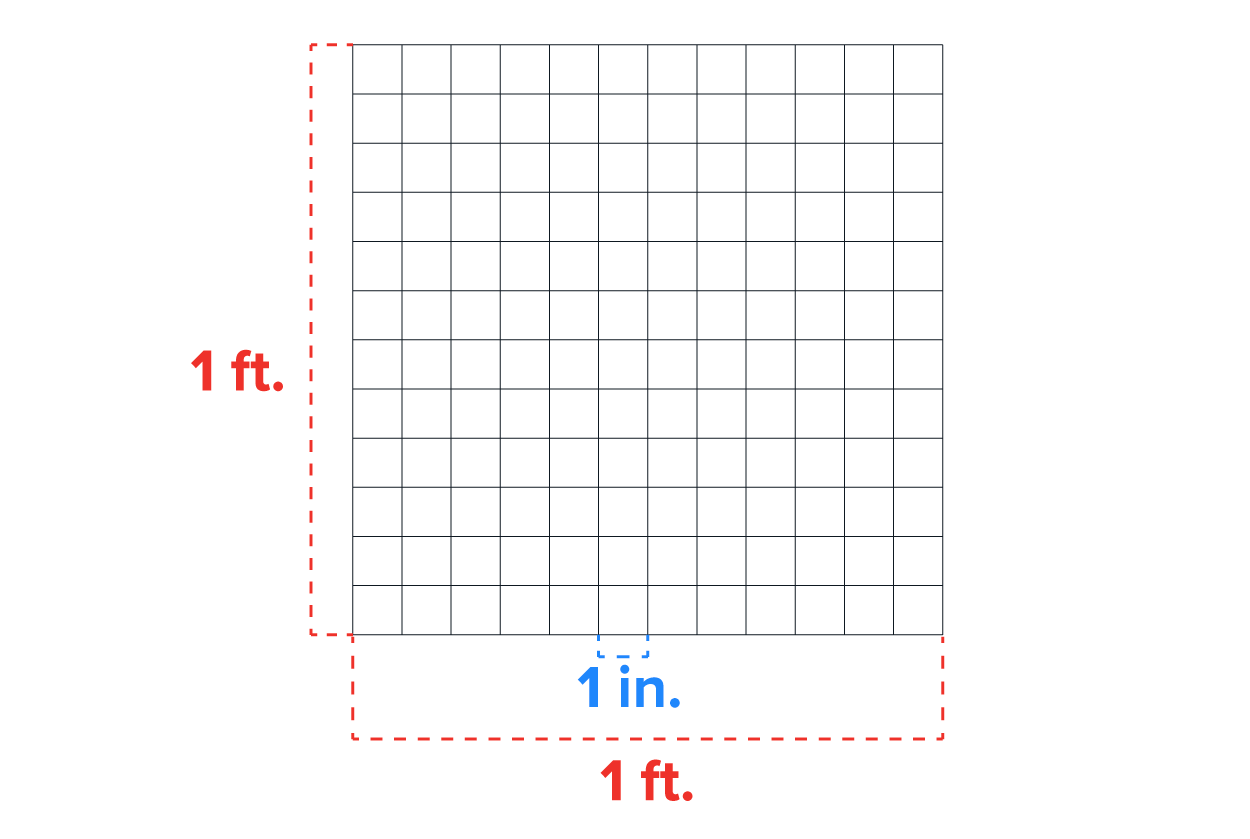Table of Contents |
Unit conversion is a simple process to overlook, but doing so can have dramatic effects on the results of any project we may be working on. For example, suppose someone told us that a machine needs to be able to handle a 50,000 N load. If we were in a country that uses the metric system, that may make perfect sense to us. If we are in the United States, where English units are used, that may not make any sense at all. The need then arises to convert 50,000 N into pounds (lbs), so that we can more easily understand the quantities we are working with. Unit conversion allows us to express 50,000 N as roughly 11,240 lbs, or 5.62 tons. While the numbers and units are different, the actual quantity they represent is the same.
Let’s next look at how to do some unit conversion.
To convert units, we first need to understand something called a conversion factor, which is basically a fraction equal to 1 that relates two different units.
EXAMPLE
Suppose we have 160 cups of water, and we want to determine how many gallons of water this is. Before we make any calculations, we might recall that there are 16 cups in one gallon of water. This knowledge will help us determine what our conversion factor will be.

|
Conversion factor: 1 gallon = 16 cups Place 16 cups in the denominator so that the “cups” cancel. |

|
Multiply across numerators and denominators. |

|
The units of cups cancel. |

|
Our solution |
In the above example of converting seconds to hours, suppose we did not know a conversion factor between hours and seconds. Do you think we can make the conversion?
Of course! In cases such as this, we may wish to use multiple conversion factors to help us make a conversion. For example, we may know that there are 60 seconds in 1 minute, and 60 minutes in 1 hour.
Therefore, we can do the following:
EXAMPLE

|
Conversion factors: 1 min = 60 sec; 1 hr = 60 min |

|
Multiply the numerators and denominators. |

|
The units of seconds and minutes cancel, leaving hours. |

|
Our solution |
Sometimes when converting units, we may need to convert between squared units (area) or cubed units (volume). In these instances, we follow the same process as before, but we have to be careful with our conversion factors. Let's look at some examples.
EXAMPLE
Suppose we are told that we need to convert 200 square feet into square inches. How would we go about doing this calculation?




|
Conversion factor: 1 sq ft = 144 sq in |

|
Multiply the numerators and denominators. |

|
The units of square feet cancel, leaving square inches. |

|
Our solution |
Let’s now look at a real-life situation in which we need to use conversions involving volume.
IN CONTEXT
A home cook has made a pot of soup for a sick friend. He’s let the soup cool enough to store but now must decide which storage container to use. The pot is in the shape of a cylinder, so he takes quick measurements: The diameter is 10 inches, and the depth of the soup is about 5 inches. His storage containers are also cylindrical but have measurements in quarts. How can he figure out how much liquid is in the pot? Since the volume will be measured in cubic inches, we need a conversion factor between cubic inches and quarts. After doing some research, it is found that 1 quart is 57.75 cubic inches.
To solve this problem, here is what we need to do:
A) Find the volume of the soup.
- Find the volume of soup in the pot.
- Convert the result to quarts.

Here is the formula for the volume of a cylinder with a circular base. 
Since the diameter of the base is 10, the radius is 5. 
Simplify the result. 
Using 3.14 for π, approximate the volume.
To ensure that the soup fits in the container, we’ll round this to 400 in³, just because this is a nice number. Note that rounding up helps us to play it safe. We would never round down since our goal is to make sure the container is large enough.
B) Now, apply the conversion factor to determine the number of quarts.

Place the cubic inches in the denominator so that these units cancel out and we are left with quarts. 
Simplify (cubic inches drop). 
Approximate to the nearest tenth.
Conclusion: Any container larger than 6.926 quarts would suffice. In reality, 7 quarts might be a tight squeeze, so anything larger will be optimal.
Note: This is almost 2 gallons of soup!
EXAMPLE
Suppose you want to convert 5 cubic feet to liters. How would you make this conversion, given that there are approximately 30.48 centimeters in 1 foot and 0.001 liters in 1 cubic centimeter?


|
Here are the conversion factors for  to to  and and  to L. to L.
|

|
Multiply the numerators and denominators. |

|
The units of  and and  cancel, leaving L. cancel, leaving L.
|

|
Our solution (rounded to the hundredths place) |
Source: THIS TUTORIAL HAS BEEN ADAPTED FROM "BEGINNING AND INTERMEDIATE ALGEBRA" BY TYLER WALLACE. ACCESS FOR FREE AT www.wallace.ccfaculty.org/book/book.html. License: Creative Commons Attribution 3.0 Unported License